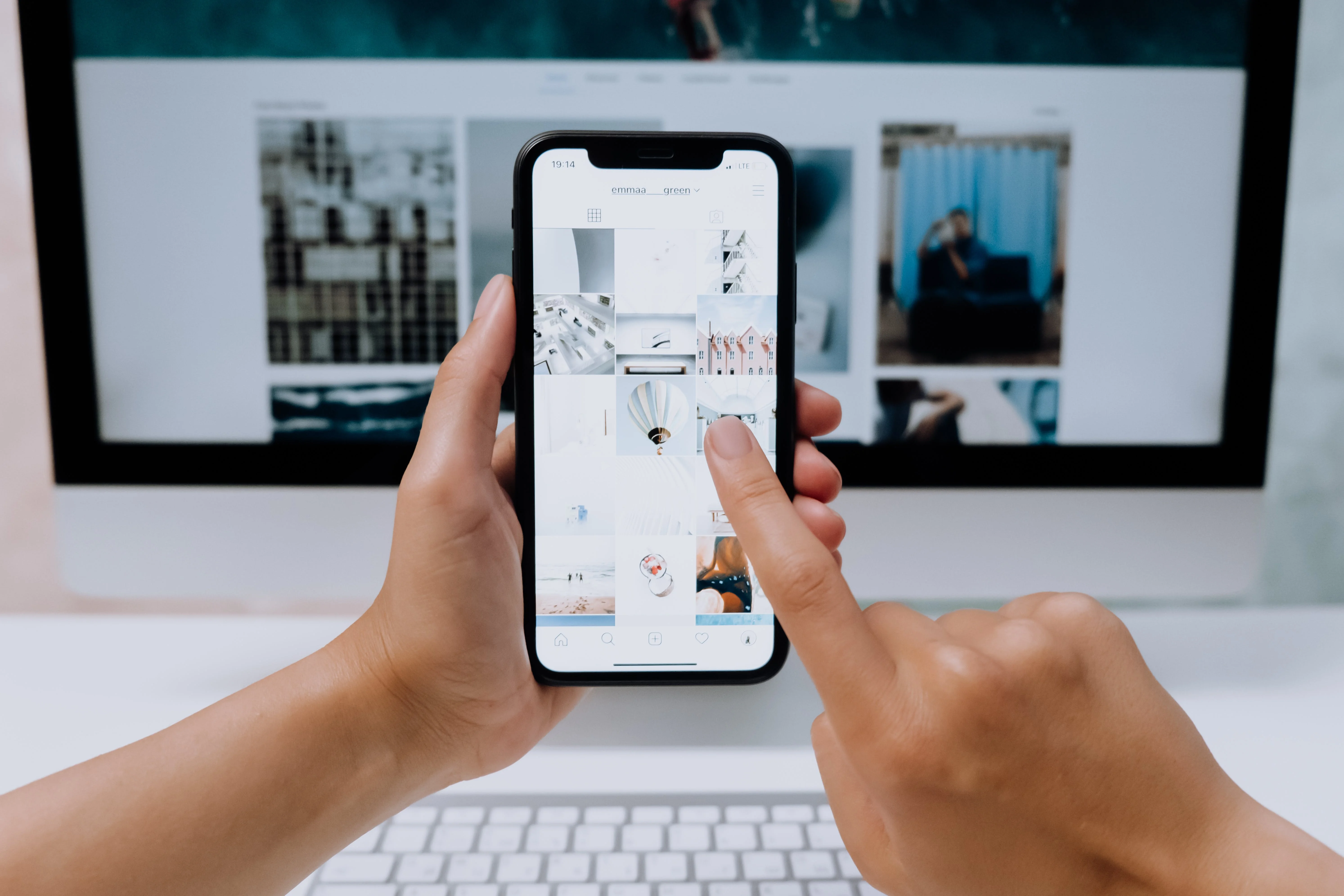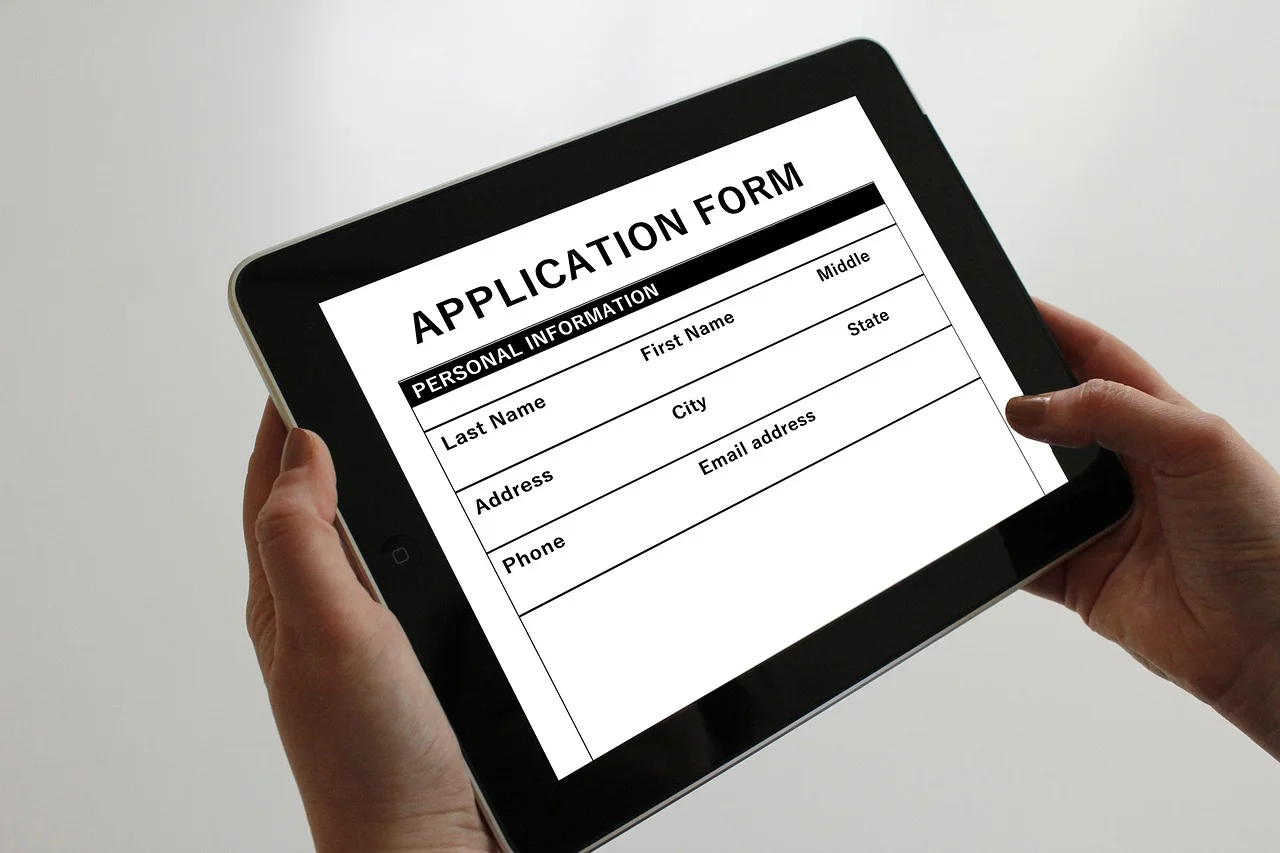Online appointment scheduling software has revolutionized how many businesses manage appointments and interact with customers. certain industries like beauty, health services, automotive repair and more require hands-on appointments making optimized scheduling vital for daily operations.
These systems provide an automated and centralized platform to schedule appointments, manage calendars, and facilitate bookings with high efficiency. Rather than playing frustrating games of phone tag or email tag, customers can self-schedule appointments 24/7 at their own convenience.
Meanwhile, businesses optimize their staff resources by filling holes in the calendar and prevent wasted time from double-bookings or no-shows. while individual businesses have unique needs and priorities, almost all can benefit from seamlessly integrated online appointment scheduling in some capacity.

Let’s explore the key benefits of using appointment scheduling software:
Start using the system for new appointments first
Begin by only accepting new appointments through the online booking system. Continue managing existing appointments in your current system. This allows you and your customers to get used to the new system gradually. Once all existing appointments have been serviced, you can fully transition to the online booking system. This phased approach minimizes disruption.
Promote the benefits to your customers
Let your customers know about the new convenient online booking system! Send an email highlighting the key benefits like 24/7 appointment scheduling, appointment reminders, and minimal wait times. Place a message on your website and social media pages explaining the new system and provide a link for them to book their next appointment.
Enhanced Customer Satisfaction : Reducing errors, and providing real-time access to services, scheduling software enhances the overall customer experience by offering convenient appointment booking,
Paperwork Reduction : Saving time and resources, online appointment scheduling and booking software eliminates the need for tedious paperwork,
Minimize No-Shows : Appointment scheduling software helps reduce no-shows by sending reminders and allowing customers to confirm or reschedule appointments, ensuring a more reliable schedule.
Optimize Time Gaps : Identify gaps between appointments and utilize them for walk-ins or internal meetings, maximizing productivity and efficiency.
Streamlined Customer Experience : Enhancing their overall experience customers can conveniently schedule appointments directly through the website.
Workflow Efficiency : Automation within the software streamlines daily workflow, improving productivity and allowing staff to focus on tasks that require human intelligence.
Time-Saving for Employees : Freeing up their time for more important responsibilities, automating scheduling tasks reduces the burden on employees,
Higher Response Rates : Offering online booking options increases customer satisfaction, as 94% of customers prefer businesses that provide such convenience.
Efficient Time Management : businesses can effectively manage their time and resources with automated scheduling systems, resulting in improved productivity and cost savings,
Improved Communication : Contributing to a more cohesive and efficient workflow, effective communication is facilitated through appointment scheduling software.
Time-Saving for Employees : Automating scheduling tasks reduces the burden on employees, freeing up their time for more important responsibilities.
Time Sync stands out with its comprehensive range of features, offering simplicity, customization, and seamless integration. With its intuitive interface and diverse functionality, Time Sync is the ultimate solution for all your scheduling needs.

That’s why you shouldn’t adopt a piecemeal approach. Make sure all of your steps intertwine for the end result to translate into your clinic’s pride and joy.
Step 1. Research
Let’s face it: you’re not going to become a trailblazer in patient appointment mobile app development. So, there’s nothing wrong with learning from the mistakes your competitors have already made. You can even turn them into your assets.
In the research phase, you:
Take a closer look at your competitors’ apps
Analyze their pros and cons
Spot missed opportunities
Combine all of this with your patients’ needs
You can now use your research findings to move onto the next step of your app development journey.
Step 2. Planning
This is where you decide on the features to implant into your app as well as the technology to rely on (more on this later). You will need to methodically plan the process down to the last detail, all while setting milestones for your roadmap.
At this stage, you should also check with your local regulations. Since doctor appointment solutions use patients’ personal information, you need to make sure it’s adequately protected. This involves thinking through encryption technologies and other technical safeguards for your software.
Step 3. Design and prototyping
Now your research-backed plan moves into a more tangible phase. During the design and prototyping step, you should:
Decide on colors, patterns, and other visuals in your app
Build a user interface
Create an easy-to-navigate booking system
Design a menu and all clickable features
Fine-tune it for iOS and Android
At this stage, it doesn’t have to be picture-perfect. Think of it as a starting point for collecting feedback.
Step 4. Testing
You can’t build a doctor appointment app without letting patients (and physicians!) give it a test run first. This is where you check how intuitive your MVP is from both sides and what tweaks need to be made. It pays to ask patients and healthcare providers for some feedback to improve their experience down the road.
Usability aside, testing is also about how stable and secure your app is. It involves simulating extreme load conditions to monitor whether it can survive in real-life scenarios.
Step 5. Launch
Once you’ve made the final feedback-based improvements, your app is ready for its debut. But it doesn’t simply end with uploading your app to App Store.
Maintaining your app is also critically important. You don’t want your patients’ experience to be marred by technical glitches, nor should you give up adding new features later on. Regular updates are key to a killer app, especially in the healthcare industry.

Time and Cost of Developing Appointment Booking System
Developing a simple appointment booking system takes around 3-6 months.
Depending on the features you want to include, you can develop a highly complex application in 9-12 months.
There are several factors that determine the time and cost of developing the appointment booking system.
Developer’s Expertise :
Hiring an expert developer for the simple application you are planning can cost you a lot. However, if you work with a junior developer to develop the basic application or prototype, your cost would go down.
ICore has developed a special Custom Software Development Company in Singapore including Material Design, 64-bit Apps, and the latest API Level. ICore is a mobile app development company in Singapore focused on user behavior metrics. Unlike other Android application development companies, we focus on robust Android programming.
Furthermore, ICore Pte Ltd Android app developers have first-hand experience with all the Android development as well as iOS app development and hybrid app development trends. We have built numerous progressive Android apps and also w in the last decade.
